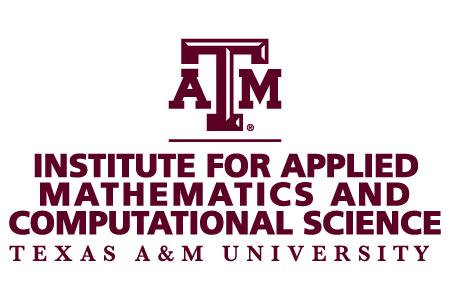Integrated Second Generation Sequencing and Microarray Based Analyses to Identify Genetic Variants
March 2, 2011
2:30 p.m.
Scott Dindot
Abstract
Second-generation (2G) sequencing platforms, such as massively parallel sequencing by synthesis (Solexa) and pyrosequencing (Roche 454), provide unprecedented access to the DNA sequences of individual genomes. In a single run, Solexa sequencing generates hundreds of millions of reads, 75-100 bases in length, whereas Roche 454 sequencing generates hundreds of thousands of reads, 500-600 bases in length. Combined with microarray-based platforms, 2G sequencing facilitates the identification of virtually all types of genetic variants, including single nucleotide polymorphisms (SNP), copy number variants (CNV), insertion/deletion polymorphisms, inversions (DIP), and intra-and transchromososmal genomic rearrangements. Examination of individual genomes by these methods can be used to identify disease causing mutations or genetic variants underlying a particular desired or undesired phenotype. We use integrated microarray-and sequencing-based approaches to identify genetic variants in individual domestic animal geomes. Current emphasis has been placed identify and characterizing genetic variants, de novo and reference assemblies, data storage, false-discovery rates for called genetic variants, and downstream pathway analysis. Future applications will be to determine the role of identified genetic variants in phenotypic variation, disease, and disease susceptibility.

